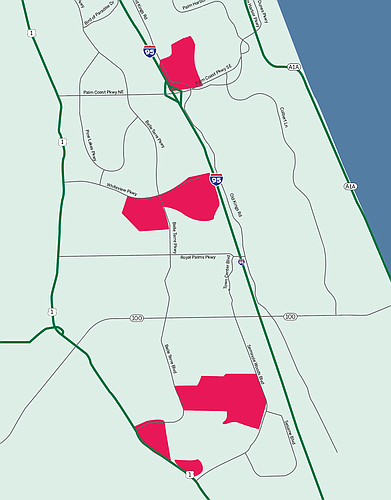- April 26, 2024
-
-
Loading

Loading

To comply with federal requirements for the Community Development Block Grant program, Palm Coast staff presented a review of city demographics to the City Council on Aug. 9, revealing a Palm Coast that is getting older and in more financial difficulty.
The federal CDBG program has been around since 1974, to provide funding for community development, benefitting low- to moderate-income persons or to prevent blight, or to address emergency needs. The city has used the funds for home ownership and rehabilitation, as well as summer recreation programs, sidewalk and trail projects, and for administration.
Senior Planner Jose Papa told the City Council that the Citizen Advisory Task Force recommended the following budget for CDBG this year:
He also noted that the city is growing older. In 2010, 21% of residents were 65 or older. In 2020, that number had grown to 28%.
Papa pointed out that elderly households are vulnerable to economic instability, due to fixed income, have a single income in the household, and risk of disabilities that may require rehabilitation of a home.
About 50% of homes in Palm Coast were built before 2000, Papa said, meaning that many of those homes are in need of major repairs, such as roofs or major appliances, adding economic stress to the household.
“When you have a home that falls into disrepair … the neighborhood also starts to feel that effect, too,” Papa said.